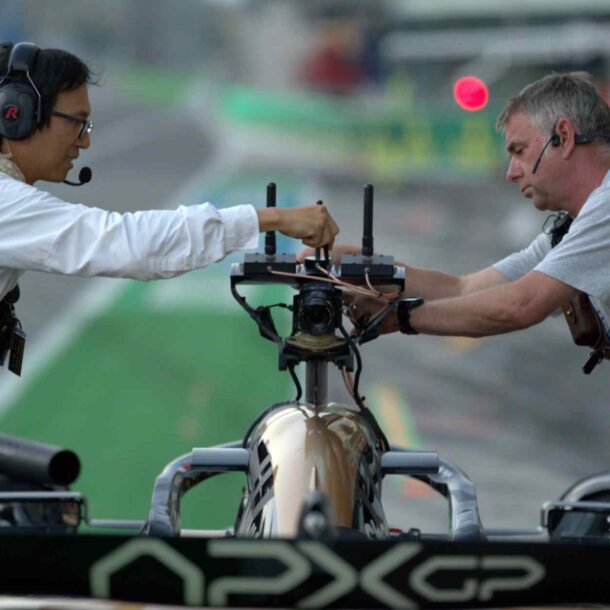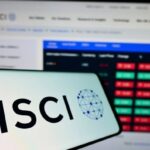TOKYO/NEW YORK — In the latest move in efforts to secure a trade deal between the U.S. and China, the White House said President Donald Trump has signed an executive order to extend the current tariff truce between the world’s two biggest economies for another 90 days to Nov. 10.
The Trump administration has been in prolonged discussions with China on a tariff deal, with a deadline previously set to expire on Tuesday. If no deal is reached, the tariff rate on imports from China could bounce back up to more than 50% from the 30% tariff imposed on Chinese goods since March.
Sweeping tariffs of up to 41% on nearly all American trading partners began to take effect on Aug. 7. Rates for so-called “reciprocal” tariffs for all Asian nations were increased from the baseline 10% and were set at varying levels depending on whether each managed to secure a trade agreement with Washington.
The new executive order also includes a 40% tariff rate on goods that are determined by U.S. customs as transshipped, though it is not clear how that is defined.
Trump imposed unilateral tariffs on countries around the world and duties on specific items such as steel and automobiles in his first months of his second term. His bid to revive American manufacturing has rattled Asian economies that rely heavily on exports for prosperity.
The Trump administration also had discussions with China to prolong a separate deadline, of Aug. 12, when the tariff rate could bounce back up to more than 50%. Trump has yet to decide on approving the extension.
Most of the new tariffs were ruled unlawful by a U.S. trade court on May 28, but are still being collected pending an appeals court review. If the government loses its appeal, it has said it will ask the Supreme Court to intervene. The tariffs on steel and automobiles are unaffected by the legal challenge.
Separate from reciprocal tariffs, the Trump administration has imposed additional tariffs on a global scale, with a few exceptions, on certain items based on Section 232 of the Trade Expansion Act of 1962. It argues that importing such items threatens national security.
Authorities are investigating whether to impose additional tariffs based on the same legal framework on other products such as pharmaceuticals and semiconductors.
Major developments in U.S. tariffs
Nikkei Asia has been reporting on the political, economic, and business impacts of Trump’s trade policies, with a primary focus on Asia.
News from the U.S.
— US-China trade truce extended for another 90 days (Aug 12)
— Trump order doubles Indian tariffs to 50% over Russian oil (Aug 6)
— Trump unveils new sweeping tariff rates up to 41% (July 31)
News from Japan and South Korea
— Japan eyes 15% rate for US chip tariff, on par with EU: top negotiator (Aug. 1)
— Trump tariffs will forge regional blocs, warns Japanese trading house (Aug. 1)
— Japan hopes no written agreement will help keep US trade deal vague (July 30)
News from China, Hong Kong and Taiwan
— China pauses US-bound company investment amid trade war (July 31)
— US and China aim to extend tariff truce, but Trump has final say (July 30)
— China signals rare earths will flow, US trade truce ‘further confirmed’ (June 27)
News from Southeast Asia
— Uniqlo, Adidas weigh US price hikes as tariffs hit Asian garment exports (Aug. 1)
— Indonesian tariff negotiator says US deal far from finalized (July 30)
— US and Vietnam say they have reached agreement to lower tariffs (July 3)
News from South Asia
— India’s Reliance in bind over Trump’s Russian oil pressure (Aug. 7)
— Trump’s India tariffs take shine off country as electronics base (July 31)
— India chides ‘double standards’ of NATO’s Russian oil threats (July 18)









